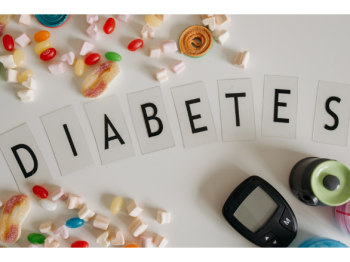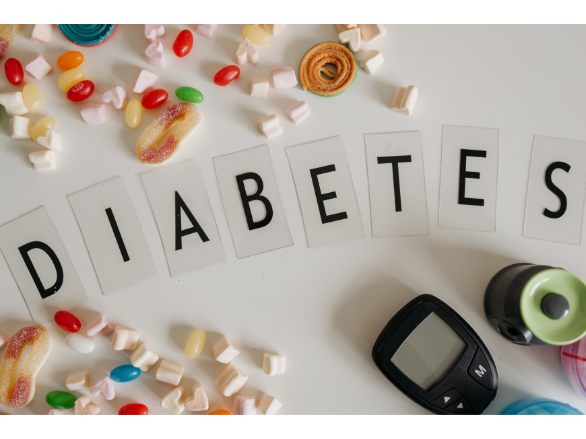

The 14th November is World Diabetes Day
In the UK, about 90% of people with diabetes have type 2 diabetes. Around 8% of people with diabetes have type 1 diabetes, and about 2% of people with diabetes have rarer types of diabetes.
Difference between Type 1 and Type 2 Diabetes
Type 1 is when the body doesn’t produce insulin at all – this happens because the immune system attacks and destroys the cells in the pancreas that make insulin. Type 1 is most commonly diagnosed in children and young adults, however it can appear at any age.
Type 2 is when the body doesn’t make enough insulin and this results in the cells in the pancreas becoming overworked. Type 2 can develop at any age, even during childhood. Type 2 is the most common type of diabetes.
What is Pre-diabetes?
Prediabetes means blood sugars are higher than usual, but not high enough to be diagnosed with Type 2 Diabetes.
It is important to realise that Pre-diabetes does not have any symptoms.
But it does mean there is a higher risk of developing type 2 diabetes in the future.
Risk Factors for type 2 diabetes may include:
- Age
- Family History
- Ethnicity
- Unhealthy Diet
- Low levels of physical activity
- Being overweight
Some of these risk factors cannot be changed but others may be improved on.
The good news is that Pre-diabetes is a warning sign and hopefully changes can be made to prevent or delay Type 2 Diabetes developing.
Diabetes Prevention
You can reduce your risk of developing type 2 diabetes by:
- Eating well – maintaining a balanced diet and keeping a food diary
- Moving more – being more physically active and keeping an activity diary
- Getting support to lose weight if you need to
Approximately 3 out of 5 cases of Type 2 diabetes can be prevented or delayed!
You can also visit the B Well site for more information on Eat Well and being more active b Active


